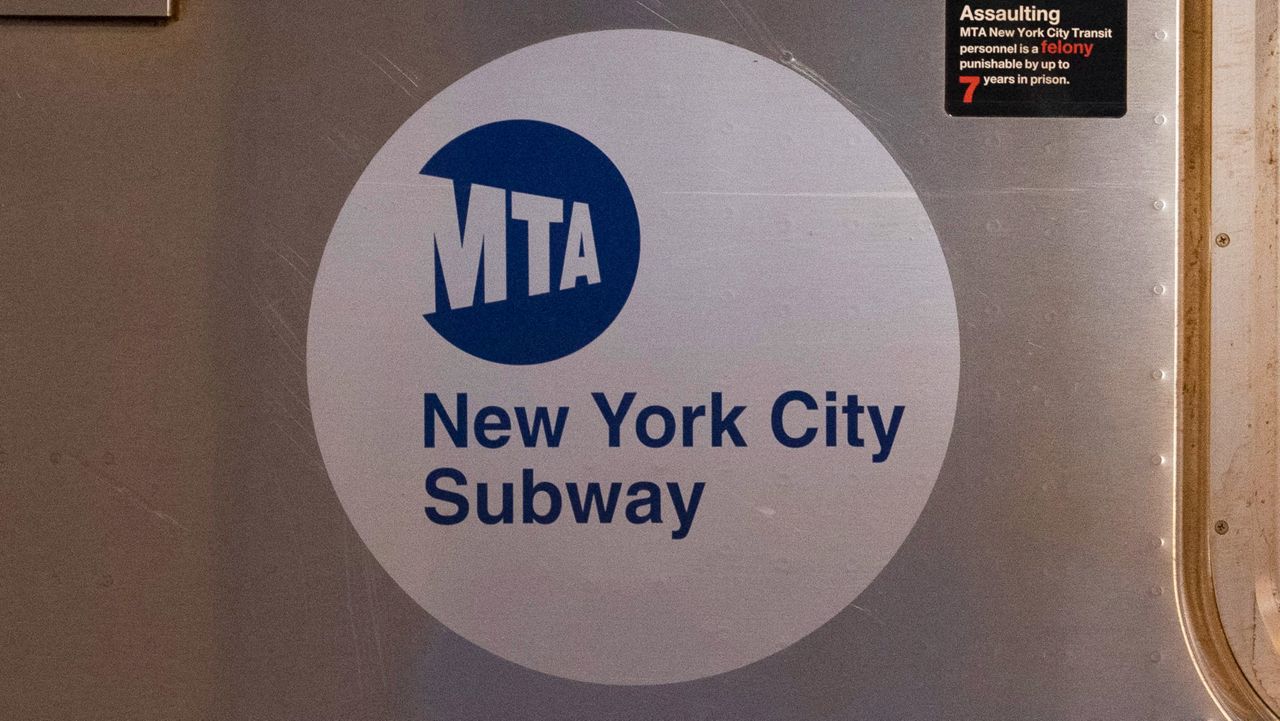Roosevelt Avenue in Corona, Queens is a hodgepodge of bikers, pedestrians and motorists all in a rush to get to their next destination, and they want to arrive safely.
What You Need To Know
- Data from Transportation Alternatives shows majority-white community boards have fallen 4%, majority-Black community boards rose 15% and majority-Latino community boards rose 30%
- The group said there was an increase of 41% in biking fatalities in the last five years when compared to the previous five years
- According to the data, pedestrian deaths decreased by 29% and all traffic fatalities decreased by 16% since the launch of campaign
“When I see a biker on the road, I do everything I can because I’m in my car and they’re out in the road,” said Anthony Chang.
Chang said he is worried about new data showing an increase of 41% in biking fatalities in the last five years when compared to the previous five years.
“Traffic fatalities on the road in New York City are not good, especially if there’s something we can do about it,” Chang said.
Over the last 10 years, the Vision Zero campaign has been the city’s push to eliminate all traffic fatalities.
While biking fatalities are on the rise, the group found pedestrian deaths decreased by 29% and all traffic fatalities decreased by 16% under the campaign, when compared to the previous 10 years.
“Vision Zero works. And it works when there’s political leadership to make it work,” said Danny Harris, executive director of Transportation Alternatives, which is the group that analyzed the data.
Harris said the group also found troubling discrepancies when it came to racial disparities.
“Whiter, wealthier, neighborhoods are getting safer, and poorer Black and brown neighborhoods are getting dangerous,” Harris said.
Since the launch of Vision Zero, the group found fatalities in majority-white community boards have fallen 4%, majority-Black community boards rose 15% and majority-Latino community boards rose 30%.
Freddy Precido is a Colombian immigrant who works at a bike shop in Corona in Community Board 4.
“I’ve seen, in this intersection, maybe four or five bicycle accidents. And in the summertime, I ride my bike to work and I almost got hit by many drivers,” Precido said.
Transportation Alternatives said Community Board 4 saw a 125% increase in fatalities per 10,000 residents.
The group also said that’s the largest rise in fatalities per capita of the city’s community boards.
According to the U.S. 2010 Census, more than half its residents are Latino.
“I don’t know how we can do better,” Precido said.
“You look at building safe street infrastructure like daylighting, expanded sidewalks, protected bike lanes. These make the condition safe for absolutely everyone,” Harris said.
In a statement, Department of Transportation said, in part, “We’ve seen the greatest decreases in pedestrian fatalities both in neighborhoods with high poverty rates and the highest levels of non-white residents. Our commitment to equity influences where we prioritize our work, weighing neighborhood race and income, density, and history of past projects.”
Sources told NY1 the department has not seen the finalized version of the report.
Department of Transportation sources told NY1 the city saw the second-lowest number of pedestrian fatalities in 114 years-worth of recorded data.






